In this story from the July 2019 edition of Australian Aviation, Andrew McLaughlin spoke with Air Vice-Marshal Cath Roberts, then leader of the Australian Defence Force’s (ADF) Aerospace Systems Division (ASD).
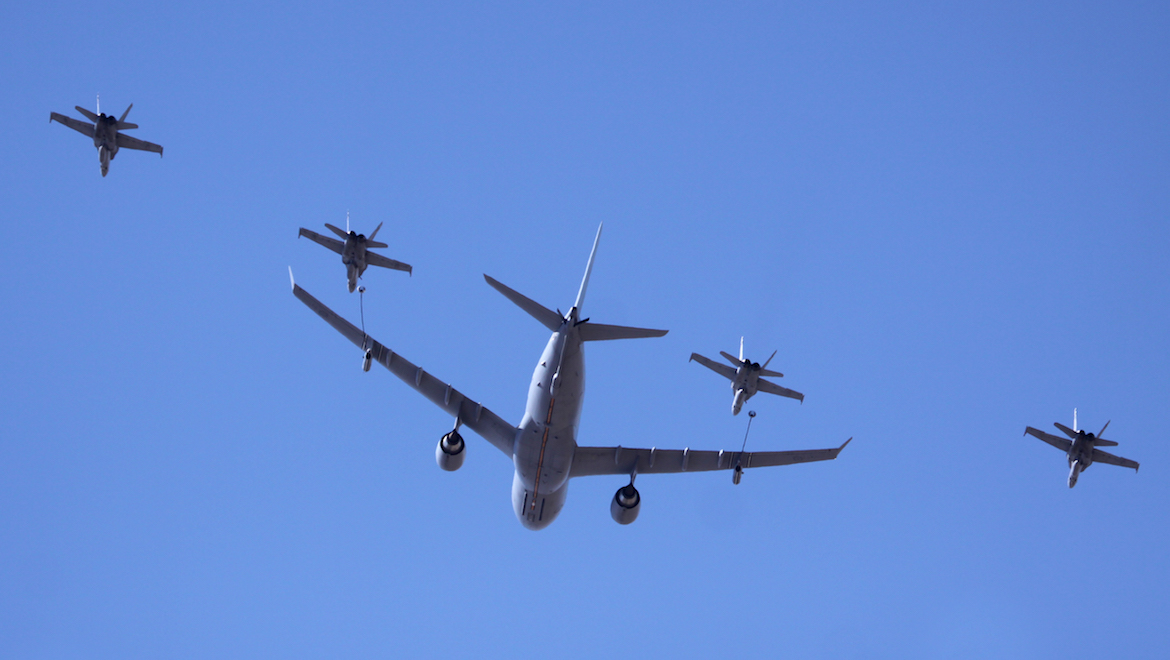
It’s been a busy three years for the Aerospace Systems Division (ASD), one of the three key aircraft divisions in the Australian Defence Force (ADF).
Since 2016, ASD’s responsibility for managing the acquisition, and though-life support of almost all of the Royal Australian Air Force’s (RAAF) fixed-wing aerospace platforms and systems has seen the delivery of the first P-8A Poseidon, EA-18G Growler, and Pilatus PC-21 advanced trainer.
At the same time, the leader of ASD, Air Vice-Marshal Cath Roberts, has overseen the retirement of the AP-3C Orion, the rationalisation of the B300 King Airs, and managed planning for the RAAF F/A-18A/B classic Hornet retirement – including the sale of 25 airframes to Canada.
ASD operates in parallel with the two other aviation divisions – JSF Division which is responsible for the AIR 6000 F-35 program, and the Helicopter Systems Division (HSD) which manages the Army’s and Navy’s large fleet of rotary-winged platforms and associated systems and capabilities.
All three divisions fall under the command of two-star officers, and report to the Capability Acquisition & Sustainment Group (CASG) Deputy Secretary, to the three main service chiefs, and to the Chief of Defence Force (CDF).
AVM Roberts is 36-year Air Force veteran. After joining the RAAF in 1983, she graduated as a maintenance engineering officer in 1986. Her first posting was to the Aircraft Research and Development Unit supporting flight test operations on various types including the CT4, PC-9, DC-3, UH-1H Iroquois, AS350 Squirrel, S-70 Blackhawk, Mirage IIIO, MB-326 Macchi, and the F-111.
AVM Roberts was recognised in 2004 with a Conspicuous Service Cross (CSC) for her work in the airworthiness oversight of the introduction of major aviation capabilities to the ADF, and for developing new airworthiness frameworks for chartered and unmanned aircraft.
In 2011, she completed the Royal College of Defence Studies course in London, studying international policy and strategy, and in 2013 became the deputy director of the New Air Combat Capability (NACC) integrated project team – now called JSF Division – during which time she oversaw the delivery of the RAAF’s first two F-35s and second pass approval of the AIR 6000 Phase 2B requirement for 58 F-35As.
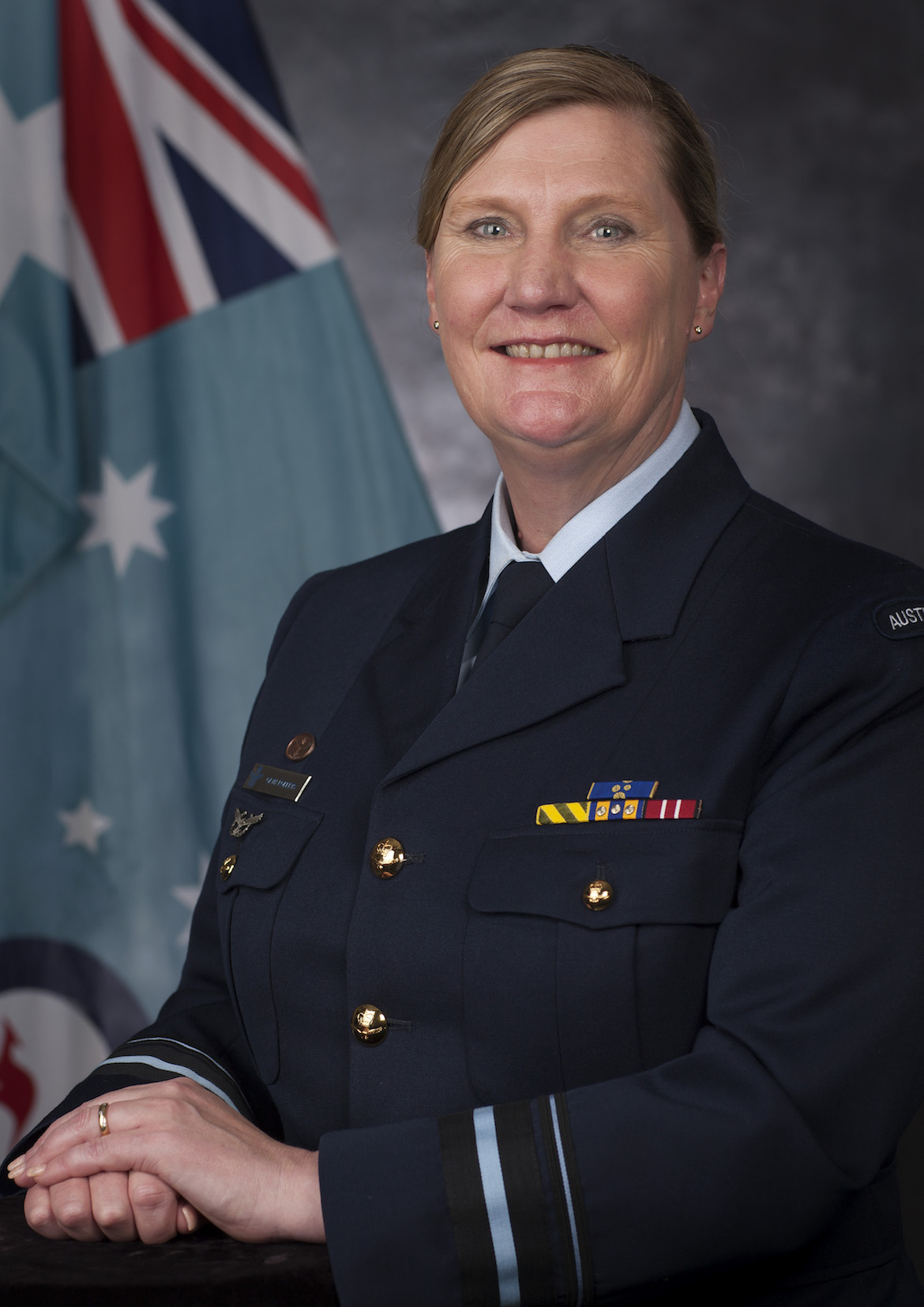
To manage all of these complex capabilities and their associated training and sustainment systems, ASD is divided into three branches: Airlift and Tanker Systems, Aerospace Combat Systems, and Aerospace Maritime, Training and Surveillance.
“As the head of the Air Domain, we set policy on how to manage aviation assets to maximise capability delivery,” AVM Roberts said. “What does that mean? We actually share all of our experiences and knowledge, operating in any particular environment, keeping a capability as cost-effective and efficient as possible. Aviation capability has some unique qualities, so we share that knowledge and we set best practice in how we will manage aviation assets.”
AVM Roberts explained that HASD essentially bridges the gap between Air Force and CASG, and has responsibility from entry to disposal of virtually every fixed-wing platform.
“ASD is across all of acquisition and all sustainment. So, for all the new capabilities, everything that’s going up for approval, to everything that’s in service now, to the disposals. I was over in Canada at the end of last year, discussing the deal to sell the classic Hornets. So yeah, everything throughout the whole lifecycle, from the very beginning to the very end.
“So I am . . . what I would call the ‘account manager’ for Air Force,” she said. “I look at all the money that Air Force spends in CASG on all the different capabilities, and I also look at where all the Air Force workforce is placed within CASG and how we best develop that.
“I also sit on all the Air Force related boards including the Chief of Air Force Advisory Committee, the promotion boards, and the capability boards. All those things where we’re actually looking at where we take Air Force, and I can then assure CASG are aligned in getting the capability needed.
Evolving role
That level of involvement in all these capabilities by HASD is a relatively new development, with the role evolving as CASG emerged from the previous Defence Materiel Organisation (DMO).
“I think the thing that’s changed the most is the amount of activity that we have, because we’re getting more capabilities than we’ve ever had before, and they are far more complex,” AVM Roberts explained.
“It’s evolved because we became CASG – when I came in here as HASD we had just become CASG, so that changed things quite significantly. Capability managers got the money, and (previous CASG Deputy Secretary) Kim Gillis came up with
the concept of Air, Maritime and Land domains.”
In the past decade, the RAAF has seen a change-out of virtually every aircraft and associated system in its fleet.
“I’ve been in and out of CASG over that time,” AVM Roberts said. “What we were dealing with before were aging platforms that were managed very much on an individual basis. They were individual weapon systems, and we were thinking of them only as individual weapon systems with a lot of focus on the planes.
“But in my recent experience, delivering the planes is the easiest bit. It’s the integration of the aircraft across the other platforms and all of the other ADF systems that is the challenge. And of course we haven’t bought them all from the same countries. So I look at what the aircraft are required to do, what their capability roadmap is, and how that’s going to affect the aircrews and maintenance workforce who operate them.
“On the electronics side it’s far, far more complex now. We have to be able to integrate and we’ve got to manage aircraft configurations across the different fleets – keep the fleets aligned or come up with a different way of operating a mix of aircraft. So if, for example, the F-35 can’t talk to the Wedgetail because we haven’t upgraded the Wedgetail to be able to link with it, we have to think of another way of operating. Or I’ve got to change the schedules of the upgrade programs that are going on.”
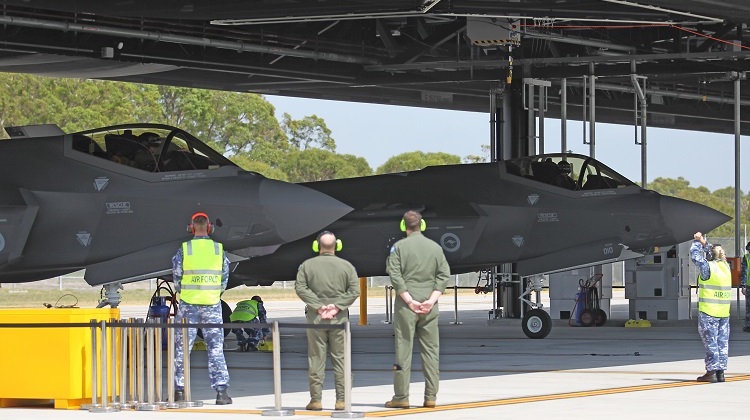
In the past, major aircraft programs underwent two or three major upgrades during their service lives, and perhaps a few smaller ones when new weapons systems or software loads were introduced.
“Now it’s continuous,” AVM Roberts said. “JSF has some big upgrades, but it’s also got continuous upgrades as well, and trying to keep those things aligned and keep a capability effective is far more challenging.
“You’re not managing just one upgrade at a time now; you’ve got to look at all of them and you’ve got to make trade-offs very differently to be able to actually achieve the capability effects that you want to into the future. Technology-wise, it’s far more complex.”
But with smaller and more numerous upgrades for new generation systems, comes the risk of having sub-fleets of different capabilities across a larger fleet.
“You will end up with sub-fleets and yes, you will always have to know what is available,” she continued. “But that’s true even now. I’ll give you an example, there are 10 different types of classic Hornet. We have the physical configuration of the aircraft, and then the functional configuration. You have to manage the functional configuration of the aircraft to achieve consistent mission outcomes.
“And while there are only six Wedgetails, they’re not all the same at any particular time. So now it’s far more complicated, and you’ve got to know what a particular platform can do. Some of it is about choosing the right aircraft, and of course that’s harder than having just a single fleet of everything pretty much being the same. The F-35A will be the hardest to keep all aligned, but we have some good systems to manage those.”
Another major change to the role of HASD and of CASG in general is the introduction of the “Lean SPO” concept where industry has taken a deeper role in the management of the sustainment of the platforms and their associated systems as “platform stewards”.
“Previously we did lots of work in-house,” AVM Roberts said. “TFSPO [Tactical Fighter SPO] for example was a traditional SPO, but we now outsource platform stewardship to industry, even though the classic Hornet is towards the end of its lifecycle.”
“Now that means there is a very big difference in your reliance on industry,” she added. “Industry has to have a very strong base as well and they’ve got to be able to grow more people, while Air Force and CASG have to have people who can work closely with industry.
“We need far more relationship-based work, and we’ve done a lot of analysis on that because now it’s about ‘influence’, not ‘direction’. Contracts only work if you’ve got a good relationship, and that skill is very different than what we’ve had in the past where we’ve done it all in-house and we could just rely on industry for advice.”
But having a deeper reliance on industry, more compartmentalised security for high-end capabilities, and more centralised capability at HASD also means much of the security surrounding the platforms needs to be realigned.
“A lot of the new capabilities are very highly classified,” AVM Roberts said. “In the past, HASDs have not needed high security clearances, but now you can’t do the job without knowing what special capabilities you are supporting. You need to know what capabilities are really the priority. You have to know what’s in them to make sure that you actually give Air Force the right asset at the right time for whatever the mission is.
“We try to keep clearances down at the lowest possible levels,” she added. “But you’ve got to have a certain number of people with the higher-level security clearances, and I think we’ve identified that pretty well. But of course you post people, which creates another challenge that’s got to be constantly managed.”
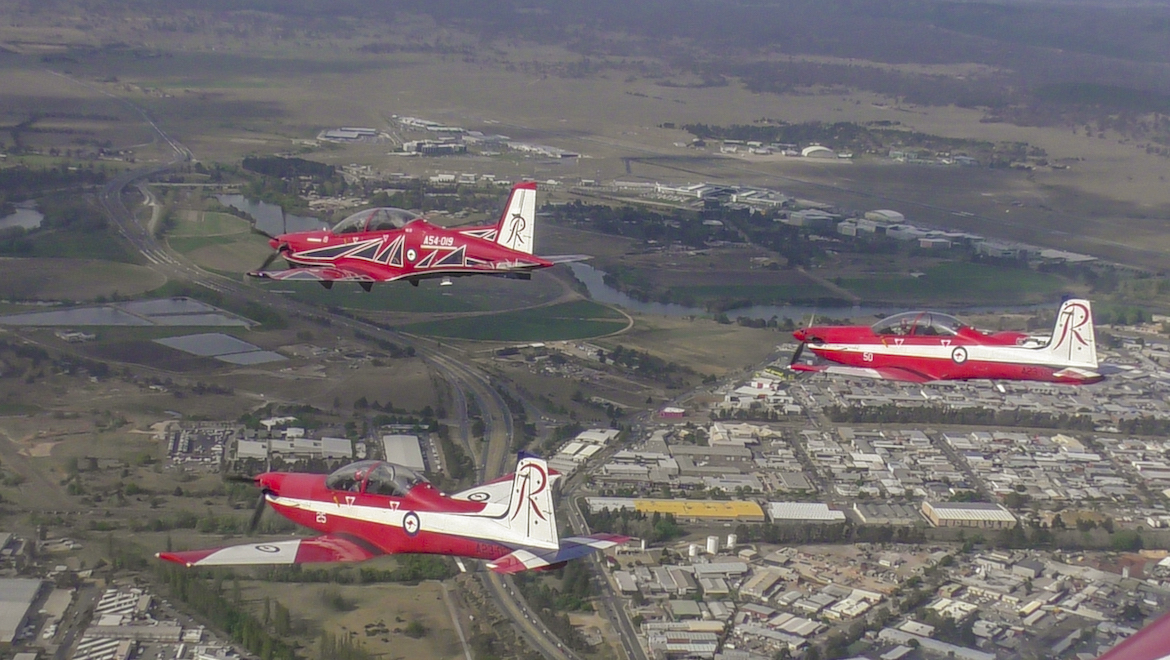
AVM Roberts says the challenge for ASD is not to just deliver the aircraft and associated systems, but to deliver a capability. “We’re right in the middle of it now,” she said. “We’ve had Growler come in, P-8s are coming in, the F-35As have arrived, the Hawk upgrade has just been finished, the two extra KC-30s are just about to come into service, Wedgetail is doing its upgrade, and C-27J just came into service.
“And over the next couple of years, we have Triton and AIR 7003 [Reaper/Predator-B], Next Generation Jammers for Growler and major Wedgetail upgrades to prepare for as well. Pilot training has just started on the PC-21 pilot training system, and the PC-21s are still being delivered.
“So, the challenge is being able to make sure that we deliver a capability, not just the planes,” she explained. “What I’ve found with all my recent programs is that the planes are here and that’s great. But Growler, for example, is such an integrated system, we needed to have all the other systems in place before we brought the airplanes in. And in fact, with some of these programs now we’re leaving the airframes in storage until we’ve got key enabling systems up and running.
“For example, the F-35s – we could bring more to Australia now but it’s pretty pointless until we’ve done the (validation and verification) that we need to do to get them into service. With classic Hornet operating at the same time as F-35s, PC-21s replacing PC-9s, and P-8s operating concurrently with AP-3C, there is definitely a workforce pressure. Transition management is the challenge, and managing people is as much of a challenge in that transition as the actual capabilities.”
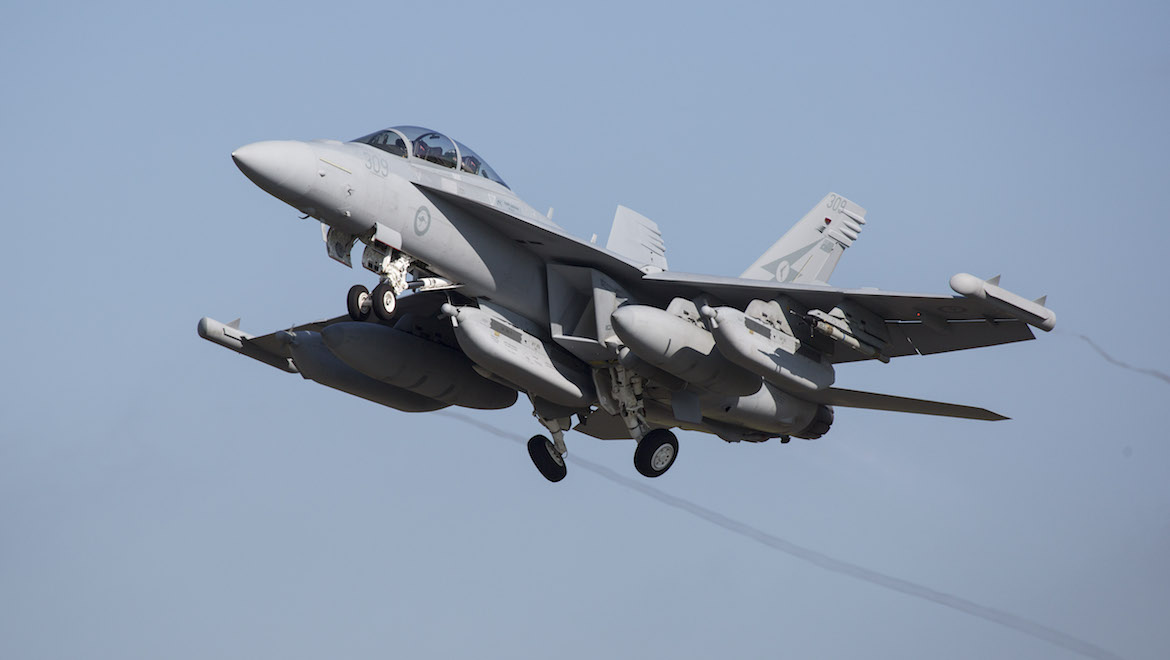
Maintaining an appropriately skilled workforce is a real challenge right across the ADF as well as in industry, although the RAAF currently enjoys a fairly comfortable seven per cent separation rate at present. Part of HASD’s responsibility is ensuring the appropriate trades and skill-sets are in place, not just in time to support a new capability, but also to be
in the right place geographically.
“The new remotely piloted large aircraft also present some challenges in our strategy for sustainment. We’ve looked at a few options for Triton for example,” AVM Roberts said. “We have a plan, and we’ve done the costing of having a workforce at Tindal versus having a workforce in Adelaide.”
“So while the tendency is to do what we’ve done before (aircraft and aircrew in the same location), I’m not sure where we’ll end up because we don’t have the airworthiness rules set in concrete to operate Triton in controlled airspace yet. So flying in and out of Adelaide is the plan, but the sustainment strategy has got to consider maintaining a remote workforce at Tindal, or Learmonth, or Scherger, or Darwin, or even Christmas Island.”
The base location for Triton also has to be considered in the context of the benefits of co-locating the workforces and facilities for other ISR assets such as the P-8A, the Project AIR 555 Gulfstream MC-55A, and the MQ-9 Reaper/Predator-B.
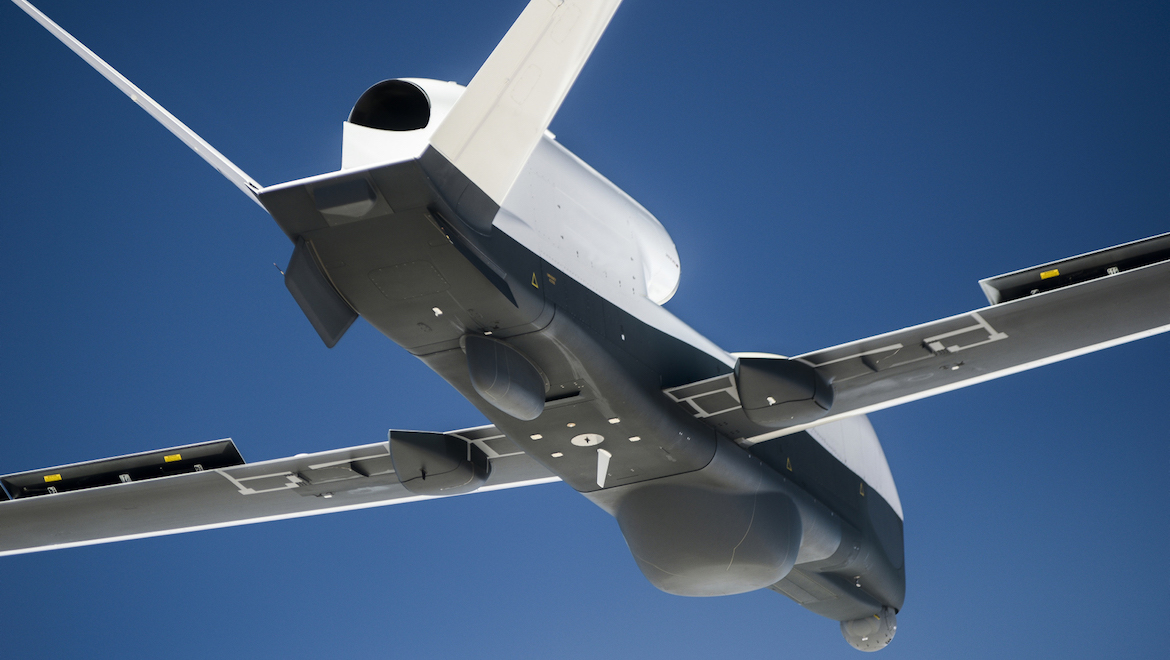
What’s next?
AVM Roberts is scheduled to move on from HASD sometime this year and while her successor has been gazetted, details of her next tour are yet to be revealed. In the meantime, she has plenty on her plate.
“My priority is our people,” she said. “Trying to build a workforce for the future is as complicated as getting the assets themselves. We know we’ve got to take risks in that area, and we are really focused on building the skillsets up to be able to deliver capability.
“I’ve just instigated a review to determine what sort of engineering capacity we’ll need going into the future. What sort of engineers, how do we grow them, what do they look like? How do you create HASD in 10 years’ time, and what sort of career path will people have?”
The other main focus is to continue to work on getting the previously described capabilities up and running, and getting the integration pieces in place.
AVM Roberts did offer a couple of the major gate reviews and milestones she is working towards this year.
One decision yet to be made is what variant of the General Atomics MQ-9 Predator the RAAF will order; the US-common Reaper Block 5, or the certified MQ-9B Sky Guardian currently in development for the UK as the Protector RG Mk I.
Others include progressing the AIR 5428 Phase 3 ACO training system (formerly AIR 5232), AIR 5077 Phase 6 Wedgetail upgrade, AIR 5349 Phase 6 next generation jammer (NGJ), and the increment three RAAF P-8A upgrades under AIR 7000 Phase 2.
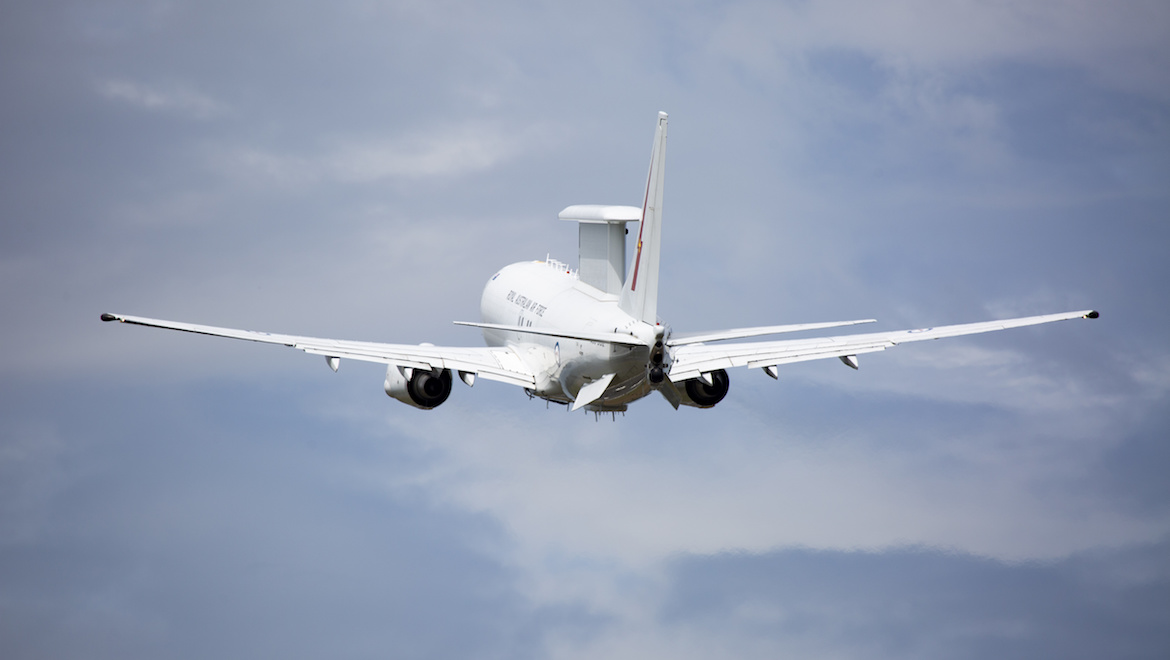
AVM Roberts also describes herself as a “diversity advocate”, and as such she is actively involved in new initiatives within the RAAF and the wider ADF to recruit and maintain a strong female workforce, particularly with STEM skillsets.
“I speak at a number of events just to try to talk about the interesting things that I get to do,” she explained.
“It’s interesting though. I get involved in a lot of events for Air Force and CASG, but our strategy to recruit more women is still evolving.
“Right now, our demographics in engineering are not any better compared to 10 years ago.
“A lot of my work, both for men and women, is to encourage entry into the STEM trades . . . my focus is to try and get more women into them as well.”
VIDEO: A look at some of the Royal Australian Air Force (RAAF) aircraft that were on display at the 2019 Avalon Airshow from the RAAF YouTube channel.
Postscript: After the story went to print, AVM Roberts was appointed the inaugural RAAF Head of Air Force Capability.
This story first appeared in the July 2019 edition of Australian Aviation. To read more stories like this, subscribe here.












